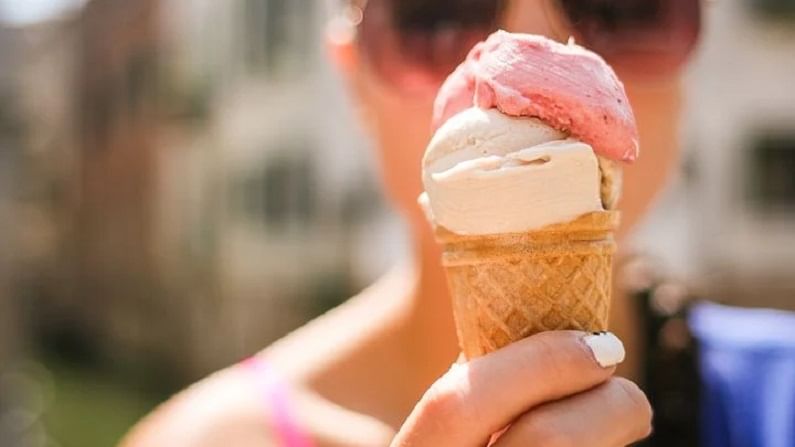Ice cream at parlours may leave you with bitter taste
GST Council has clarified that parlours sell already manufactured ice and hence would draw 18% tax.

Different GST rates on similar food items continue to be a contentious issue. The latest issue that has sparked a debate is GST Council’s clarification that that ice cream parlours would attract 18% Goods and Services Tax (GST).
The GST Council, which met in Lucknow last Friday, noted that ice cream parlours sell already manufactured ice and hence would draw 18% tax.
Views, counterviews
“Ice cream parlours are akin to restaurants. This is because both provide certain value-added services with respect to eatables and hence, taxing them at a higher rate leads to lack of intelligible differentia,” the Business Standard quoted Abhishek Rastogi, partner at Khaitan & Co., as saying.
“This raises the question of constitutional validity on different grounds,” he told the business daily.
M S Mani, partner at Deloitte India, has differed from Rastogi. According to the news report, Mani argued that ice-cream parlours sold manufactured items which was not the case at restaurants. Ice-cream was not an essential item and so could attract 18% GST, he is further quoted as saying in the report.
It may be noted here that initially when GST was rolled out restaurants with facilities such as air-conditioning and central heating came under 18% tax bracket, while those without such offerings drew only 12% tax. Later, the GST Council in 2017 cut the tax rate to 5%, while withdrawing the input tax credit facility.
Earlier this month, social media witnessed an intense debate on differential GST rates on roti and paranthas. The debate was triggered after the Gujarat bench of Authority for Advance Ruling (AAR) held that preserved parathas are not the same as roti or chapati or khakhra and will come under the 18% GST category. The AAR held that the composition of paratha (wheat flour 36-62%) is different from that of khakhra or plain chapati. Vadilal Industries had approached the AAR seeking directions to subject parathas to a 5% GST rate as in the case of plain chapati.